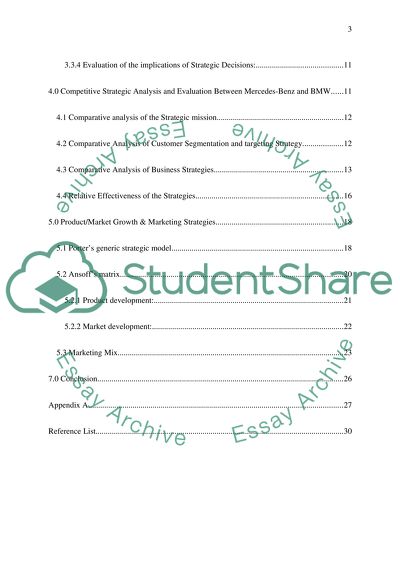Cite this document
(“Marketing Strategy by Mercedes-Benz Assignment Example | Topics and Well Written Essays - 3750 words”, n.d.)
Marketing Strategy by Mercedes-Benz Assignment Example | Topics and Well Written Essays - 3750 words. Retrieved from https://studentshare.org/marketing/1699001-marketing-management
Marketing Strategy by Mercedes-Benz Assignment Example | Topics and Well Written Essays - 3750 words. Retrieved from https://studentshare.org/marketing/1699001-marketing-management
(Marketing Strategy by Mercedes-Benz Assignment Example | Topics and Well Written Essays - 3750 Words)
Marketing Strategy by Mercedes-Benz Assignment Example | Topics and Well Written Essays - 3750 Words. https://studentshare.org/marketing/1699001-marketing-management.
Marketing Strategy by Mercedes-Benz Assignment Example | Topics and Well Written Essays - 3750 Words. https://studentshare.org/marketing/1699001-marketing-management.
“Marketing Strategy by Mercedes-Benz Assignment Example | Topics and Well Written Essays - 3750 Words”, n.d. https://studentshare.org/marketing/1699001-marketing-management.


